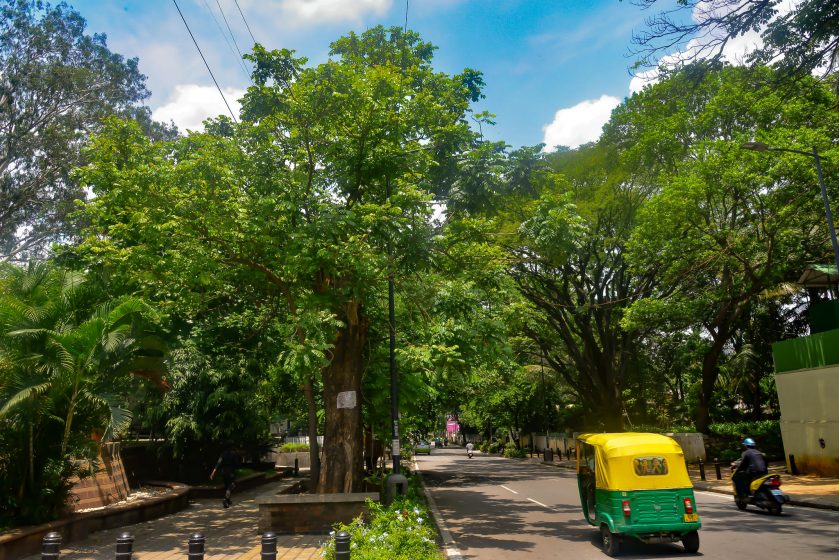We often perceive nature and urban spaces as opposites, yet my research on Bangalore, India’s IT hub, reveals a different narrative. Explored in my book, “Nature in the City: Bengaluru in the Past, Present and Future,” the ecological history of this Indian city dates back to the 6th century CE.
Ancient inscriptions on stone and copper plates unveil the unique starting point for new villages – the creation of tanks or lakes to collect rainwater, vital in the low-rainfall environment. These inscriptions offer valuable insights into the close connection early residents had with nature, portraying a holistic view of the landscape with lakes, irrigated and dry land, wells above, and trees below.
Regrettably, modern Bangalore has lost touch with this three-dimensional vision. In the late 19th century, the city’s central areas boasted 1960 open wells, a number now reduced to less than 50. Many lakes were repurposed for bus stands, malls, and housing, abandoning their sacred status as essential sources of life-giving water.

The transformation is evident in the case of Sampangi Lake, once a crucial water source, now replaced by the Sree Kanteerava stadium. While lakes were celebrated during monsoons in earlier times, the advent of piped water in the 1890s led to their degradation, polluted by garbage and sewage.
Breaking the centuries-long bond between people and nature, Bangalore began importing water from outside, causing a decline in local water sources. However, citizen movements have emerged, focusing on protecting and restoring lakes and recognizing the city’s continued dependence on water.
A similar pattern emerges concerning trees, as early residents contributed to greening the landscape with fruiting trees. This practice persisted through rulers’ efforts, British colonial governance, and into the 20th century. Bangalore’s cool climate, attributed to lakes and trees nurtured over centuries, made it an attractive location, eventually earning it the title of India’s IT capital.
In the late 20th century, rapid growth and infrastructure development led to the neglect and removal of trees, resulting in soaring temperatures and increased air pollution.
Citizen awareness and movements, often amplified through social media, have played a crucial role in challenging development projects that threaten green spaces. Even in the face of urbanization pressures, the historical perspective of Bangalore’s ecological journey emphasizes the importance of nature in the city’s past and the necessity of its presence for a resilient future.

